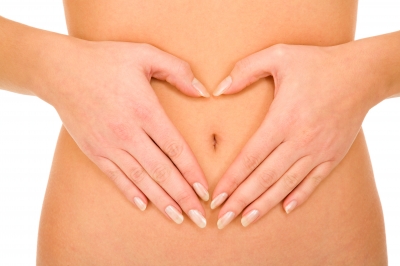
While not all rosacea sufferers are exactly the same, there are some common rosacea triggers. Avoiding these potential triggers may also help relieve symptoms and disease flares. It may be helpful to keep a personal diary of foods and other triggers that flare rosacea symptoms.
Smoking, spicy foods, hot drinks, and alcohol may cause flushing and should be avoided. Exposure to sunlight and to extreme hot and cold temperatures should be limited as much as possible. Red wine and chocolate are two well known rosacea triggers. Some listed foods may have no effect on your rosacea but severely affect someone else. Individual reaction patterns vary greatly in rosacea. Therefore, a food diary may help to elucidate your special triggers.
Possible rosacea dietary triggers include:
Dairy including yogurt, sour cream, cheese (except cottage cheese),
Alcohol including red wine, beer, vodka, gin, bourbon, and champagne,
chocolate,
soy sauce,
yeast extract,
eggplants,
avocados,
spinach,
Some beans and pods, including lima, navy or peas,
Citrus fruits, including tomatoes, bananas, red plums, raisins, or figs,
Spicy and temperature hot foods.
Potent cortisone or steroid medications on the face should be avoided because they can promote widening of the tiny blood vessels of the face (telangiectasis). Some patients experience severe rosacea flares after prolonged use of topical steroids.
Vasodilator pills can also flare rosacea.
Vasodilators include certain blood pressure medications like nitrates, calcium channel blockers (such as nifedipine [Procardia]), and thiazide diuretics (such as Dyazide).
These potential triggers are found in many skin cleansers and should be avoided in rosacea:
Alcohol
Witch hazel
Peppermint
Eucalyptus oil
Clove oil
Fragrance
Menthol
Salicylic acid

A bacterial imbalance in the gut can show up on the skin and worsen conditions like rosacea. For those with bloating and GI upset who also have rosacea, there is a clear correlation between bacterial overgrowth and this skin condition. Certain foods, frequent antibiotics, steroids, and antacids are among the factors that can upset the delicate balance of bacteria in the gut and lead to an overgrowth of bad bacteria and a shortage of the good bacteria.
Identifying the cause of a bacterial imbalance is key to improving rosacea symptoms.
Researchers have treated Rosacea patients with a bacterial imbalance with antibiotics. They found that by eradicating the overgrowth of bad bacteria, about 70 percent of the rosacea patients' skin cleared up entirely, and over 20 percent experienced a dramatic improvement in their symptoms.
Leafy greens and other high-fiber foods, such as lentils, asparagus, and kale, can help create an environment in the gut that allows good bacteria to grow. Cutting out cake and ice cream and making changes that will have other health benefits are crucial to the skins health. There are also some probiotics that are useful, but it's more about diet and eating the kind of food that will encourage the growth of good bacteria and discourage the growth of bad bacteria.

Another diet that may promote a healthy balance of bacteria in the gut is the Paleo diet. You cut out sugar and processed grain and eat unlimited amounts of animal protein, fruits and vegetables, nuts, and seeds. You avoid peanuts and other legumes as well as dairy of any kind. My clients do very well on it from a digestive point of view, and very frequently their skin clears up.
Citrus fruits release histamine, which can aggravate rosacea; spicy foods aggravate rosacea by causing dilation of the tiny blood vessels under the skin. It's important to remember, however, that rosacea triggers are different for everyone, and if spicy foods or citrus fruits don't cause worsening of your condition, there is no need to avoid or eliminate them.
Foods that decrease rosacea flares include:
Less spicy meals, nonalcoholic cool beverages, caffeine-free drinks, nondairy cheese, Coconut milk and thermally cooler meals.
Start a 10-day or two-week plan for rosacea where you eliminate possible triggers from your diet and see if things get better. In some cases, improvements can be seen in as little as 10 days, but that might not be typical. At the end of six weeks with no difference, maybe diet doesn't play a big role for you.
But things can continue to improve for up to six months.
If things do clear up after making healthy dietary changes, and you find that you are really missing something, you can reintroduce it and see how you react. It's important to do this with one food at a time in order to evaluate your body's response.
THis is another related post on Rosacea and is worth a look over:
http://loveprotectreflecttheskinyourein.blogspot.ie/2013/04/rosacea.html


Rosacea is not caused by alcohol abuse, as people thought in the past. But in people who have rosacea, drinking alcohol may cause symptoms to get worse (flare).
ReplyDelete